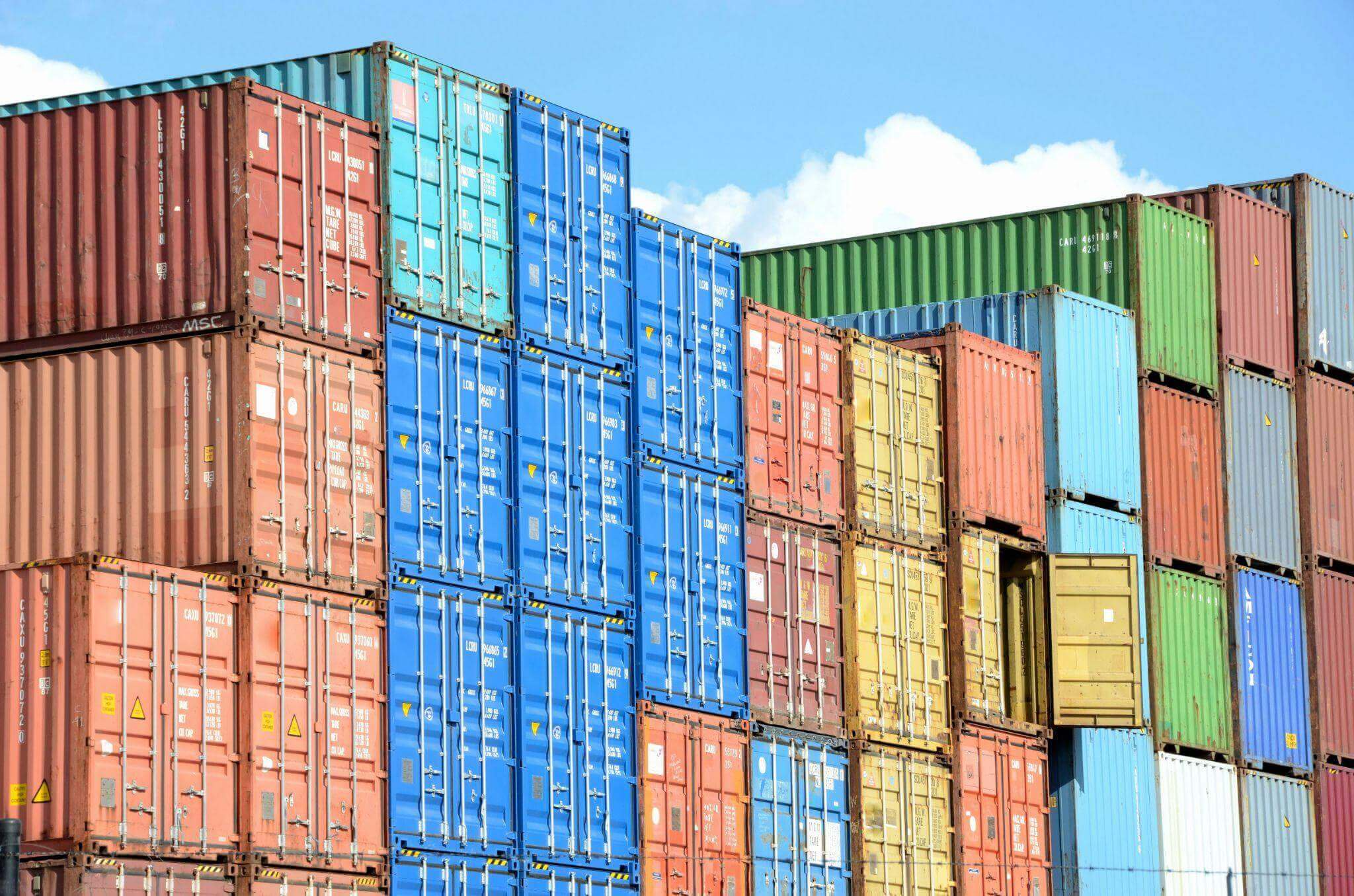Shipping containers are increasingly being used for secure, on-demand storage. Built to endure extreme conditions at sea, these steel structures offer a practical, long-lasting option for both residential and commercial use. But are they the right fit for your needs? Below, we explore the key benefits and potential drawbacks to help you make an informed decision.
Pros of Using Shipping Containers for Storage
Built to Last
Shipping containers are made from heavy-duty, corrosion-resistant steel, originally designed to survive harsh maritime environments. For storage purposes, this translates to dependable protection from rain, wind, and snow. Their weatherproof design helps safeguard equipment, furniture, tools, and inventory — even in tough outdoor settings.
Strong Security
Containers offer a high level of security. With reinforced steel doors and the option to install advanced locking systems, they provide strong resistance against theft or vandalism. This makes them ideal for storing valuable tools, machinery, or archived documents.
Customisable Interior
The standard layout of a shipping container allows for a wide range of internal modifications. Whether you need shelving, lighting, electrical outlets, or insulation, the space can be tailored to suit your specific needs. From mobile workshops to organised inventory units, the options are flexible and scalable.
Portable Storage Solution
One of the standout advantages of using a shipping container is its mobility. Containers can be transported to different sites using cranes or forklifts, making them suitable for growing businesses, relocations, or temporary setups. You can take your storage with you as your situation changes.
Cost-Effective Alternative
Compared to constructing a permanent storage building or renting commercial space, containers offer excellent value. Purchasing or leasing a container is often faster, cheaper, and more convenient. For short- or long-term storage, they present a budget-friendly solution with minimal setup.
Cons to Consider
No Built-In Climate Control
Standard containers are not insulated or temperature-controlled. This can pose a risk to temperature-sensitive items such as electronics, paperwork, artwork, or food. If you require stable conditions year-round, you may need to invest in insulation or consider an indoor storage facility.
Fixed Sizing
Shipping containers typically come in 10ft, 20ft, or 40ft lengths. While this works well for many users, it may not suit everyone. Storage facilities tend to offer a wider range of unit sizes, allowing more flexibility as your storage needs evolve.
Risk of Condensation
Moisture can build up inside if the container is not properly ventilated or packed. This increases the risk of mould, corrosion, or damage to sensitive items. To reduce condensation, consider adding vents, moisture absorbers, or using pallets to keep items off the floor.
Site and Access Requirements
You’ll need a flat, stable surface for placement and enough room for delivery equipment. In some areas, placing a container on your property may require planning permission. It’s worth checking local regulations before making arrangements.
Practical Considerations Before Getting Started
Before investing in a shipping container for storage, it’s important to think beyond the container itself. Delivery logistics can be a challenge depending on your site’s location and accessibility. Narrow roads, overhead wires, or uneven ground may complicate drop-off. If you’re located in regional areas like Cooroy or surrounding hinterlands, it’s worth exploring container hire options in the Sunshine Coast area, where delivery services often account for local terrain and access conditions. Always check in advance whether the delivery company requires additional equipment, like a crane or a tilt-bed truck, to complete the job safely.
Another point to consider is ventilation. While basic containers are sealed to keep out weather, they may also trap stale air. Installing simple louvre vents can help improve airflow, especially if you plan to enter the container frequently or store items long term.
You should also assess future access needs. If you think you’ll need to expand or reorganise your storage down the line, choose a layout that gives you room to adjust. Some users even pair two containers side by side or stack them to save space without compromising volume.
Adding these early considerations into your planning stage can help you avoid costly mistakes and ensure the container serves its purpose effectively from day one.
Tips to Maximise Your Storage Container
Prepare the Site
- Use concrete pads, pavers, or compacted gravel for a level base
- Ensure there’s clear access for doors and delivery trucks
- Install solar or battery-powered lighting if electricity isn’t available
Improve Organisation
- Add shelving, racking, or bins to maximise vertical space
- Label and group similar items for easy access
- Store frequently used items near the front
Strengthen Security
- Use a lockbox or high-security padlock
- Install lighting or CCTV near the container if placed on-site
- Limit access to authorised users only
Is It the Right Storage Solution for You?
Shipping containers offer a practical, secure, and cost-efficient storage option. They’re especially useful for tradespeople, small businesses, or households during transitions like renovations or relocations. However, for climate-sensitive goods or those needing flexible sizing, a traditional self-storage facility may be a better fit.
Ready to explore your options? Look for a trusted supplier that offers high-quality containers, delivery, and setup support. With the right setup, a storage container can be a reliable solution that adapts to your needs today — and tomorrow.


